The name Little Beach fits; it is 20 acres and is frequently mentioned in this column. This is nesting season and most notable its the colony of black skimmers, their northernmost nesting colony on the Atlantic coast. There are also lots of least terns and common terns, and of course there are piping plovers, American oystercatchers and willets.
Because of all the birds nesting on the property, Sheriff’s Meadow Foundation has closed Little Beach to all public access. It can best be viewed from the Eel Pond boat ramp at the end of Braley’s Way, the easternmost end of Peases Point Way. Closer views are by kayak but please remember to stay at least 50 feet from the beach, as getting closer than that will disturb the nesting birds.
By kayak, Walt Looney found two white-rumped sandpipers and four red knots on Little Beach on June 18.
Near Little Beach is Sheriff’s Meadow Sanctuary, almost 20 acres of wildlife habitat only a five-minute walk from downtown Edgartown. This sanctuary is also frequently mentioned in this column. David Padulo spotted an adult yellow-crowned night heron there on June 18, a late date for a northward migrant but a bit early for post-breeding dispersal.
A more interesting sighting by David Padulo is an immature Mississippi kite that he saw circling low over the intersection of Edgartown-West Tisbury Road and State Road in West Tisbury on June 15. This is the third sighting of this species on the Vineyard. The first was a dead one found by the late Vern Laux at an unknown location on May 30, 1985. The second sighting was by Ted Gilliland of three individuals at the Gay Head Cliffs on May 22, 2019. Perhaps one of those three birds was spotted again by Philip Mitchell on May 31, 2019.
Another new species for the year is a glossy ibis found by Olsen Houghton at Mink Meadows on June 15. We see this medium-sized wading bird every year. Through the 1980s we had several pairs nesting with the snowy egrets and black-crowned night herons on Cape Pogue.
Charles Morano heard and saw a willow flycatcher at Squibnocket Beach on June 17. It was heard and seen again the next day by Bob Shriber.
Ian Mowatt saw two ultra small and extremely active songbirds on June 15 at the Caroline Tuthill Preserve when a ruby-throated hummingbird buzzed by a blue-gray gnatcatcher.
The northward migration is about over and the nesting season is peaking. It is fun to watch a bird’s behavior and figure out whether or not it is nesting.
Of course, if you see the baby birds it is easy to tell that it has nested. On June 13 Kaushal Patel looked out at Sarson’s
Island and counted 58 adult great black-backed gull with chicks and 200 adult double-crested cormorants with chicks.
Christina Steinbock-Malfer watched fledgling black-capped chickadees venture out of a nest box in Ocean Heights on June 14. Mary Austin also saw chickadees fledging in Oak Bluffs on June 15 and Kate Meleney had a nest of chickadees on East Chop on June 17.
There are also multiple reports of great crested flycatchers nesting. On June 16 Frank Amazeen watched great crested flycatchers nesting in an owl box in Edgartown and on June 17 Sioux Eagle watched as they brought grubs to feed the chicks in her nest box.
Woodpeckers are busy, too. Kenneth LaVigne observed a northern flicker removing fecal sack from nest cavity in Edgartown and the next day he observed that the nest contained two-plus chicks. Ron Domurat watched a fledgling red-bellied woodpecker perched near one of its parents in Westminster Acres on June 15.
Jeff Bernier visited Sheriff’s Meadow Sanctuary and observed Baltimore oriole chicks being fed by their mother; Frank Amazeen also saw those same orioles on June 15. Polly Basett saw her first Baltimore oriole fledgling on June 16 in West Tisbury and Holly Mercier has fledgling orioles in her Edgartown yard. On June 17 Kate Meleney observed an American crow fledgling – fully grown but with some down feathers still on its head — on East Chop. And on June 19 Shea Fee saw large phoebe nestlings that are about to fledge from their nest at Mytoi.
There have been four reports of cedar waxwings this week. Ian Mowatt spotted six on June 13 at Felix Neck; Dana Bangs and Emily Zurlnick found four on June 14 at Menemsha Hills Reservation; Clifton Stone saw one on June 18 near Nashaquitsa and Stonewall Ponds; and Ian Mowatt watched two at Great Rock Bight on June 18.
Gulls are of interest this week; neither laughing gulls nor lesser black-backed gulls breed on the Island so it seems surprising to find them here in June. But they are here. Kaushal Patel saw four laughing gulls at Little Beach on June 13. David Benvent discovered 10 laughers and three lesser black-backed gulls at Quansoo on June 14; five laughers at Lobsterville on June 15; and 50 laughers and one lesser black-backed gull at Norton Point on June 17. On June 19 Wendy Culbert, Jane Culbert and I spotted 21 one-year-old laughers on the bayside of Norton Point. Two of them almost had their black-headed breeding plumage. I also saw two adult lesser black-backed gulls on the ocean side of Norton Point as they flew east and away from me.
Finally, this column is always interested in leucistic birds so we conclude with Kathleen Kinsman’s June 12 photograph of a leucistic grackle, a normal grackle but with white spots on its head, from West Tisbury. She posted the photo online.
Please email your sightings to birds@vineyardgazette.com.
Robert Culbert is an ecological consultant with Nature Watch LLC, living in Vineyard Haven.


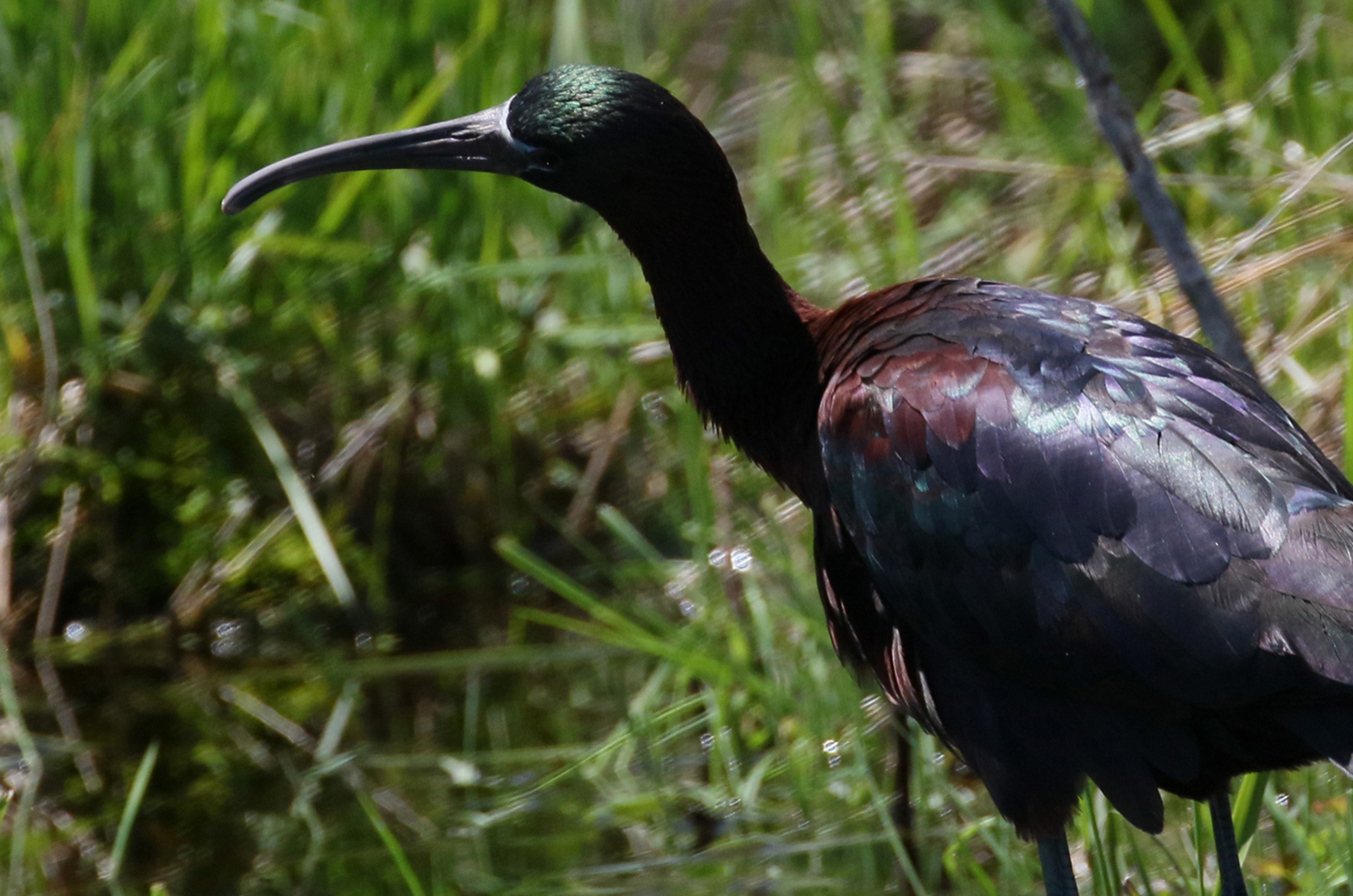
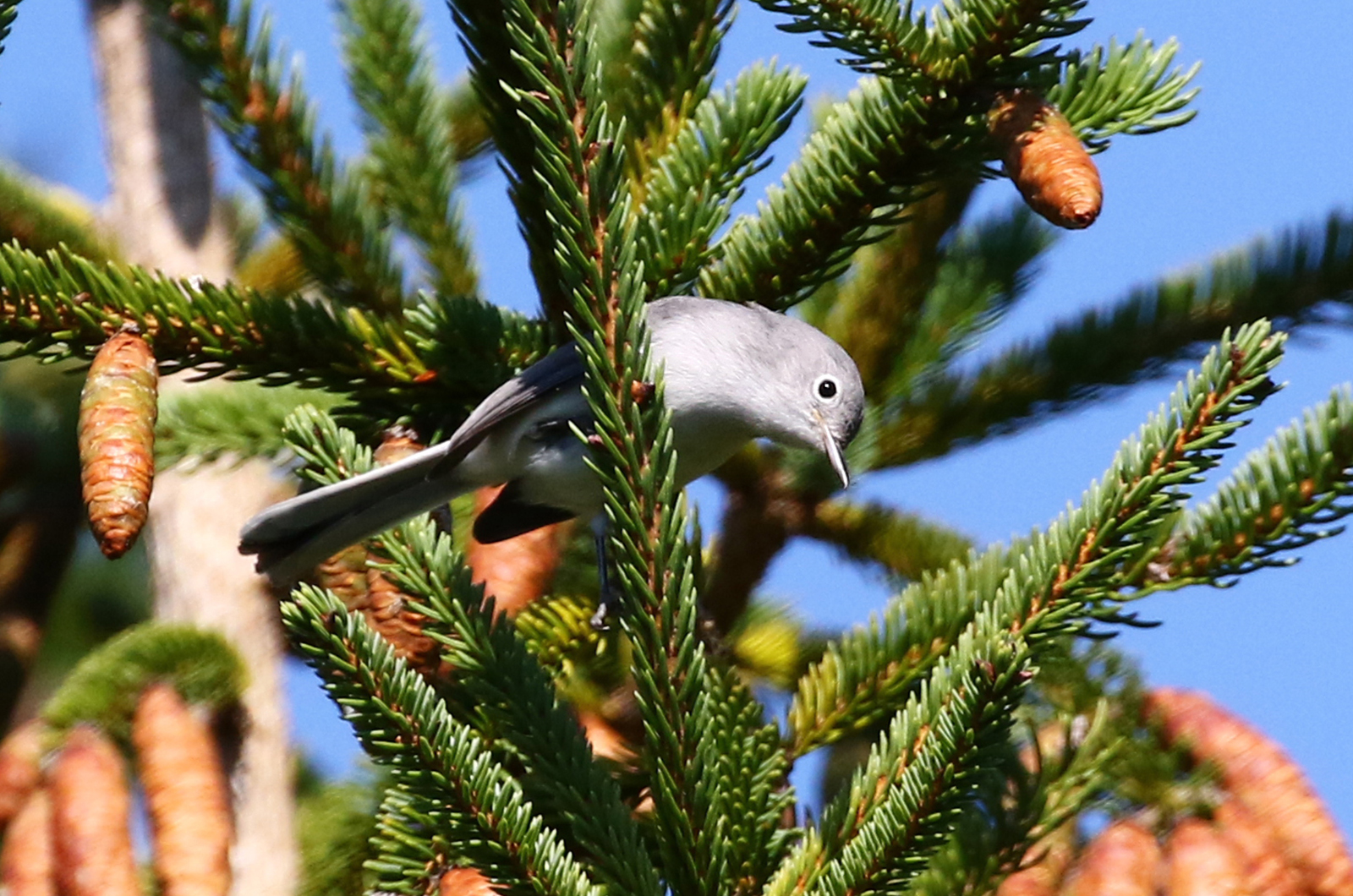
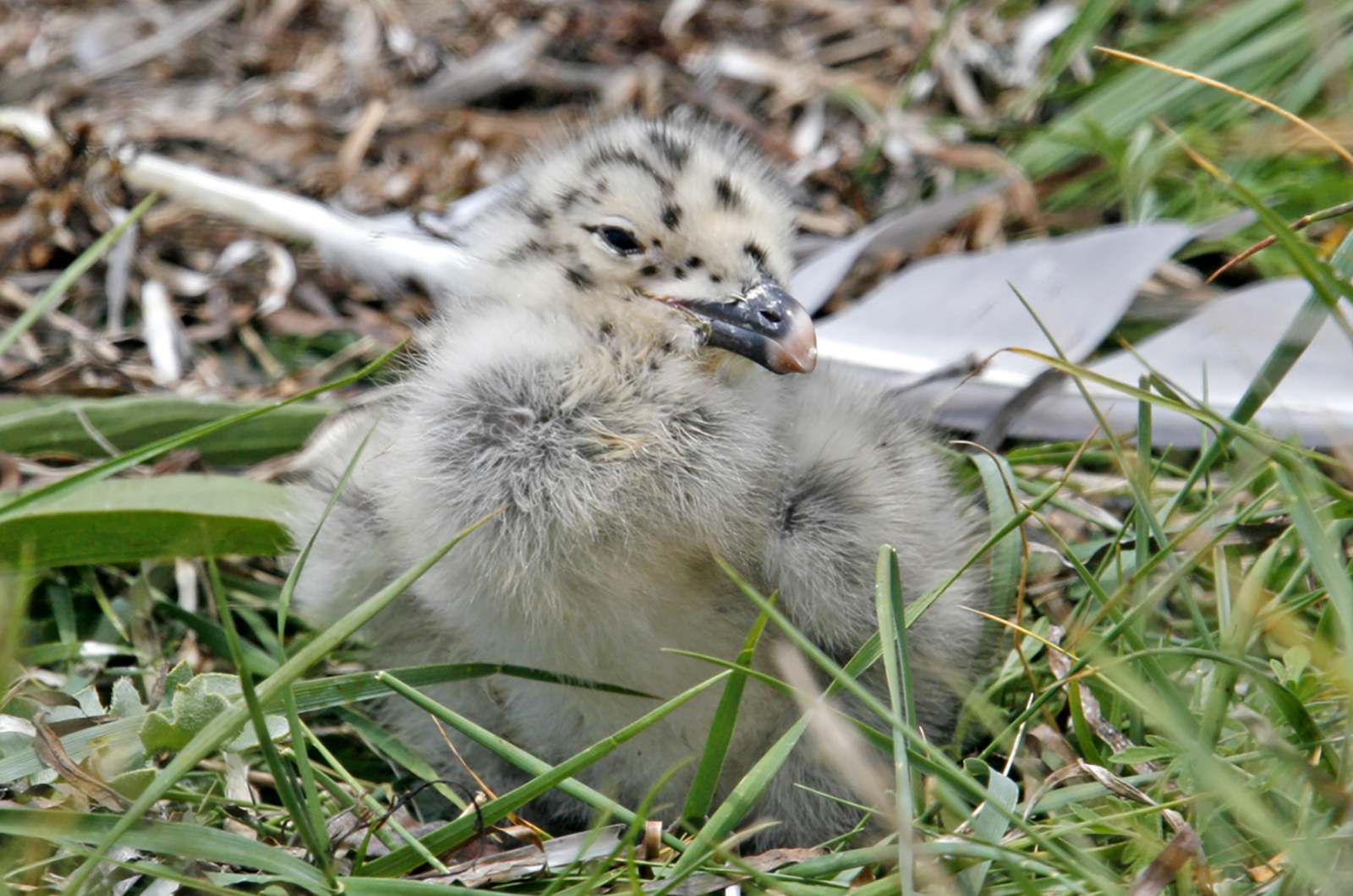
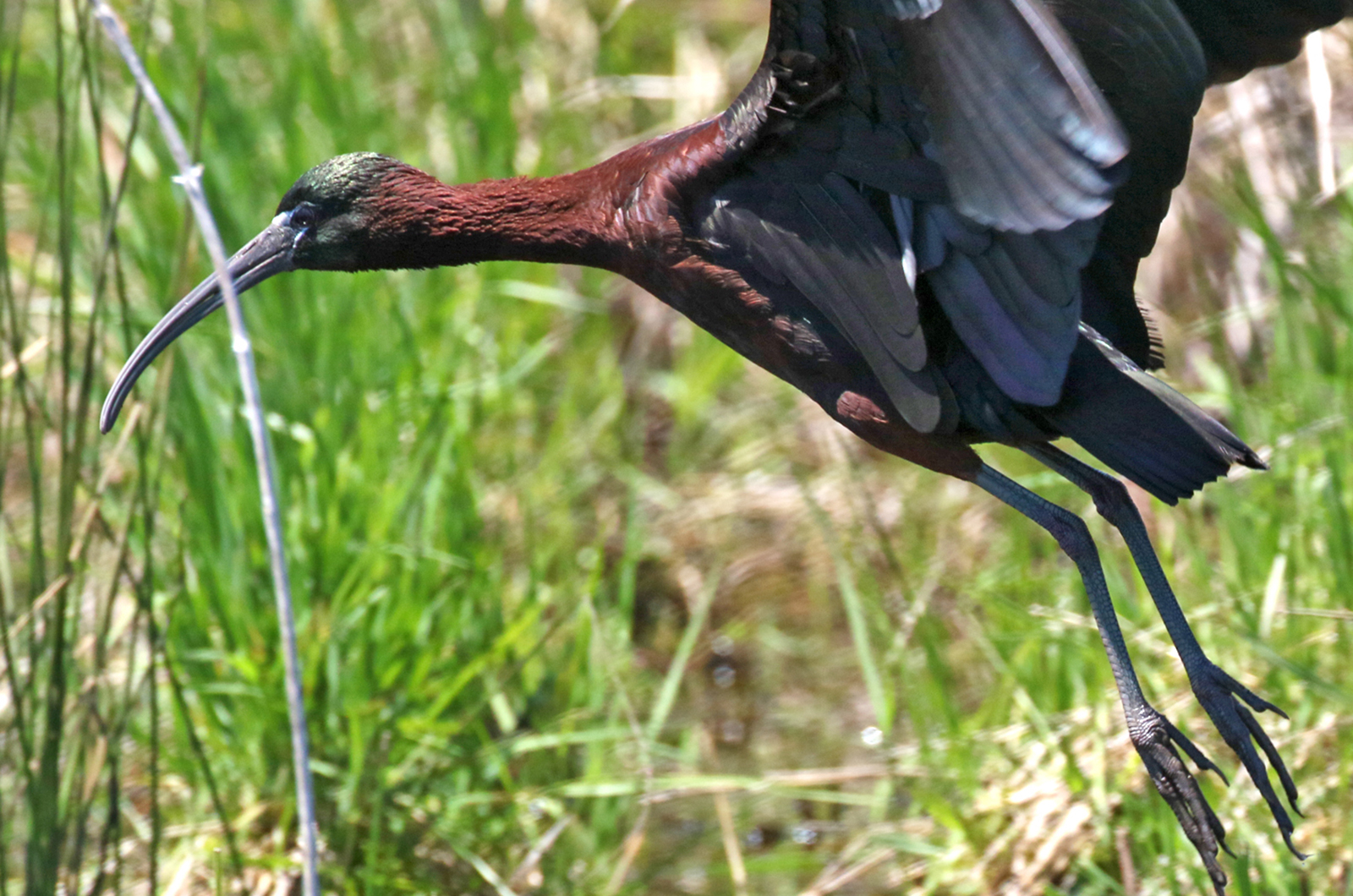

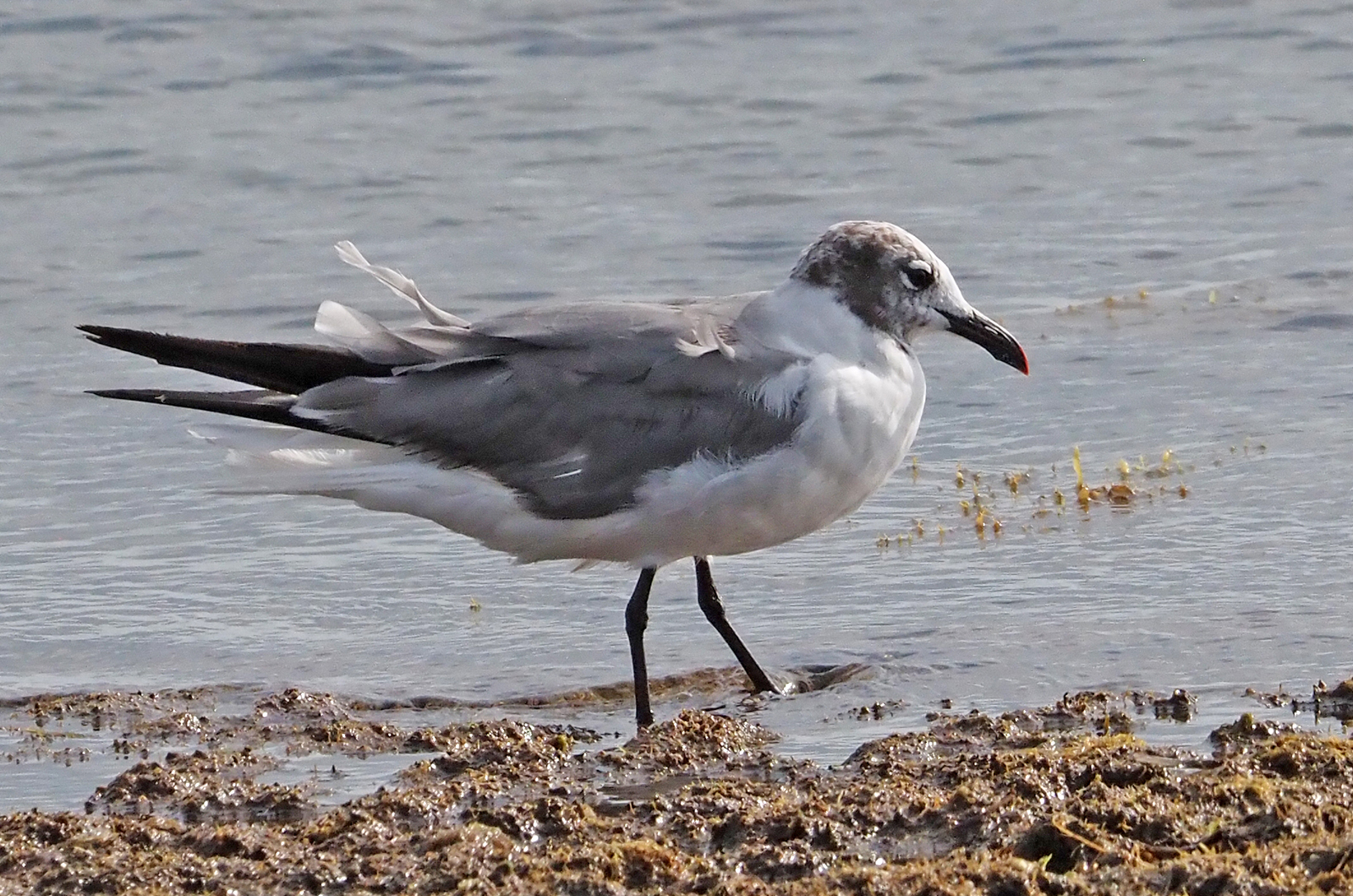


Comments
Comment policy »